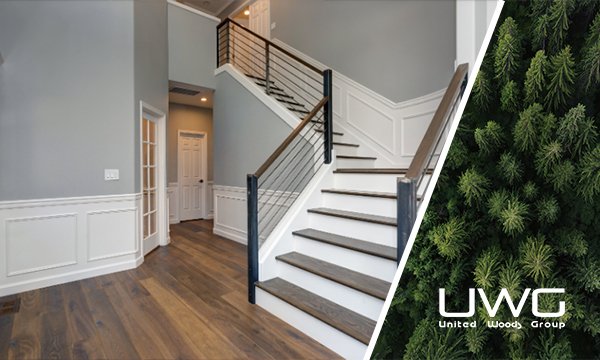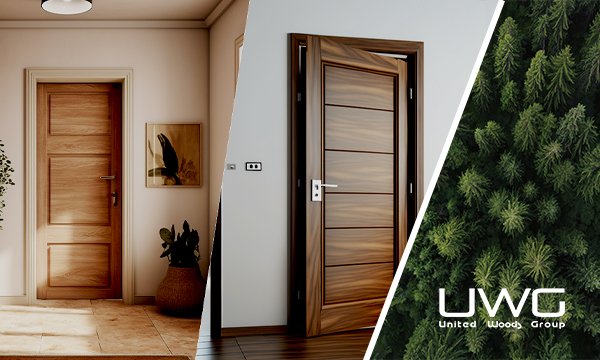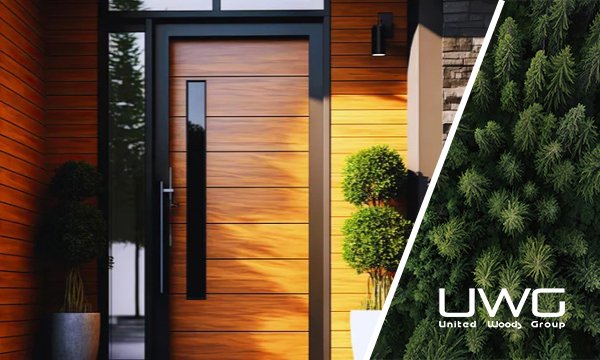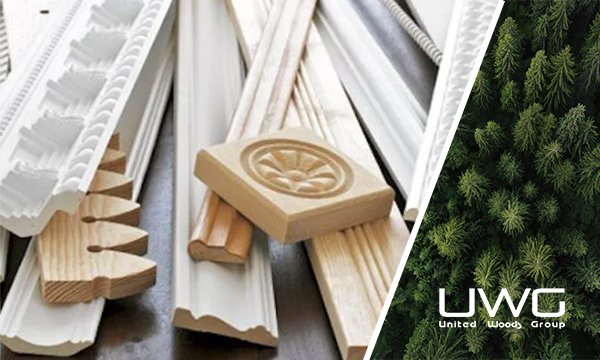When you walk into a beautifully designed space, have you ever noticed the subtle details that tie the entire room together? One such detail is wood moulding—a feature that not only adds character and elegance but also provides a polished, finished look to any construction project. You might wonder, what makes wood moulding so essential in design? How does it contribute to the overall aesthetics of a room, and why should builders and owners pay attention to this detail?
The answer lies in the craftsmanship, precision, and technology involved in the wood moulding process. These intricate pieces are carefully crafted to complement the architectural style of a space, adding visual interest and enhancing the flow of the design. Whether it’s a simple baseboard or an ornate crown moulding, the right choice of wood moulding can elevate a room from ordinary to extraordinary. In this article, we’ll delve into the key steps of the wood moulding process, offering insights that can help builders and owners make informed decisions to enhance the quality and beauty of their projects.
- What Are the Key Steps in the Wood Moulding Process?
- How Is the Right Type of Wood Selected for Moulding?
- What Techniques Are Used to Shape and Design Wood Mouldings?
- How Does the Finishing Process Enhance the Quality of Wood Mouldings?
- What Are the Common Challenges in Wood Moulding and How Are They Overcome?
- How Does Our Factory Ensure Precision and Consistency in Wood Moulding Production?
- Conclusion
What Are the Key Steps in the Wood Moulding Process?
The wood moulding process involves several essential steps that transform raw wood into decorative and functional mouldings. It begins with the selection of high-quality wood, followed by the milling process where the wood is cut and shaped according to the desired profile. After shaping, the mouldings undergo sanding and finishing to achieve a smooth, polished appearance. Each step requires precision and attention to detail to ensure the final product meets the highest standards.

How Is the Right Type of Wood Selected for Moulding?
Selecting the right type of wood is crucial in moulding production. Factors like the intended use of the moulding, the environment it will be exposed to, and the desired aesthetic all play a role in this decision. For example, hardwoods like oak or maple are often chosen for their durability and fine grain, making them ideal for high-traffic areas. Softwoods, like pine, may be selected for projects where a more rustic look is desired. Understanding the characteristics of different woods helps in making the best choice for each unique project.

What Techniques Are Used to Shape and Design Wood Mouldings?
Shaping wood into precise and intricate moulding profiles requires a combination of traditional woodworking skills and modern technology. CNC machines, routers, and moulding machines are commonly used to achieve consistent and accurate shapes. Additionally, hand-carving techniques may be employed for custom or intricate designs. The process also involves multiple passes through the shaping tools to gradually refine the profile, ensuring that each piece of moulding is perfectly crafted.

How Does the Finishing Process Enhance the Quality of Wood Mouldings?
The finishing process is vital in enhancing both the appearance and durability of wood mouldings. After shaping, the mouldings are sanded to remove any rough edges and to prepare the surface for staining or painting. Applying finishes such as varnish, stain, or paint not only adds aesthetic appeal but also protects the wood from moisture, UV rays, and wear. The finish can be customized to match the specific needs of a project, whether it’s a natural wood look or a bold, painted statement.

What Are the Common Challenges in Wood Moulding and How Are They Overcome?
Like any manufacturing process, wood moulding comes with its own set of challenges. Warping, splitting, and inconsistencies in wood grain are common issues that can affect the quality of the final product. To overcome these challenges, careful selection of wood, proper drying techniques, and precise machining are essential. Additionally, ongoing quality control throughout the production process ensures that any defects are caught early and corrected, resulting in a superior product.

How Does Our Factory Ensure Precision and Consistency in Wood Moulding Production?
At our factory, precision and consistency are at the heart of our wood moulding production. We achieve this through a combination of state-of-the-art machinery and skilled craftsmanship. Our team is committed to maintaining strict quality standards at every stage of the process, from wood selection to final finishing. We also invest in regular maintenance and calibration of our equipment to ensure that each moulding produced meets the exact specifications required by our clients. By prioritizing precision and consistency, we deliver mouldings that not only meet but exceed industry standards.

Conclusion
Wood moulding is more than just a decorative element; it’s a critical component that adds value and distinction to any construction project. Understanding the intricate process behind wood moulding can help builders and owners make informed decisions that enhance the quality and beauty of their work. From selecting the right wood to mastering the finishing touches, each step in the process is a testament to the craftsmanship and technology that define our approach to moulding production. As you embark on your next project, consider how the right wood moulding can elevate your space from ordinary to extraordinary.








